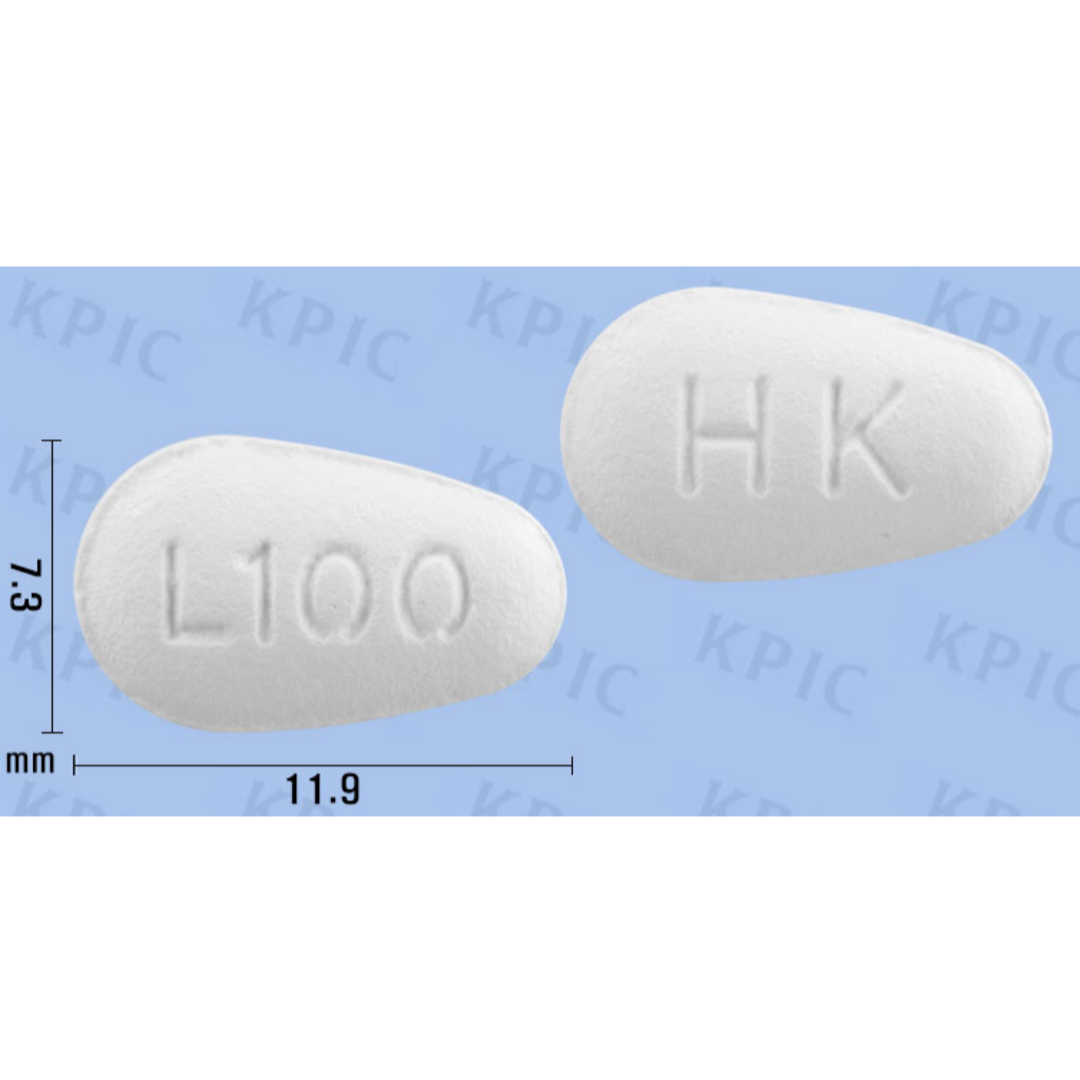1. High blood pressure
2. As a treatment for high blood pressure, kidney disease in type 2 diabetic patients with high blood pressure
2) Usage, dosage
1. High blood pressure
1) Adult
The initial and maintenance doses are losartan potassium, which is recommended to be administered 50 mg orally once a day. The maximum blood pressure lowering effect occurs 3 to 6 weeks after starting treatment. If the therapeutic effect is insufficient, the same dose can be divided orally administered twice a day, or if necessary, the dose can be increased to 100 mg once a day.
2) Elderly people
For seniors under 75 years of age, initial dosage adjustment is not necessary, and for seniors over 75 years of age, the recommended initial dosage is 25 mg once a day.
3) Patients with renal impairment
(1) Creatinine clearance rate 20 to 50 mL/min: Initial dose adjustment is not necessary.
(2) Patients with creatinine clearance <20 mL/min and on dialysis: The recommended initial dose is 25 mg once a day.
4) Patients with reduced effective intravascular blood volume
For patients at risk of intravascular volume depletion (e.g., patients being treated with diuretics), the recommended initial dose is 25 mg once daily (see 'Precautions for use'). .
5) Patients with liver impairment
Patients with a history of hepatic impairment should consider small doses. Do not administer to patients with severe hepatic impairment.
6) Children and adolescents over 6 years of age
(1) Patients who weigh more than 20 kg but less than 50 kg and can swallow tablets
The recommended dose is 25 mg once a day, and the dose can be increased up to 50 mg once a day depending on the patient's blood pressure response.
(2) Patients weighing more than 50 kg
Usually, 50 mg once a day is recommended for this drug, and the dose can be increased up to 100 mg once a day depending on the patient's blood pressure response.
(3) It is not recommended for pediatric patients under 6 years of age, pediatric patients with a glomerular filtration rate of less than 30 mL/min/1.73㎡, and pediatric patients with hepatic impairment.
7) If blood pressure cannot be controlled with this drug alone, it can be administered in combination with other antihypertensive drugs (e.g., low-dose diuretics). When administered in combination with hydrochlorothiazide, an additive effect was observed.
2. Kidney disease in type 2 diabetic patients with high blood pressure
This medication is usually 50 mg once a day. Depending on blood pressure, the dose can be increased up to 100 mg once a day. However, for patients who are concerned about excessive blood pressure reduction, an initial dose of 25 mg is recommended. This drug can be administered in combination with insulin and commonly used hypoglycemic agents (e.g., sulfonylureas, glitazones, glucosidase inhibitors).






